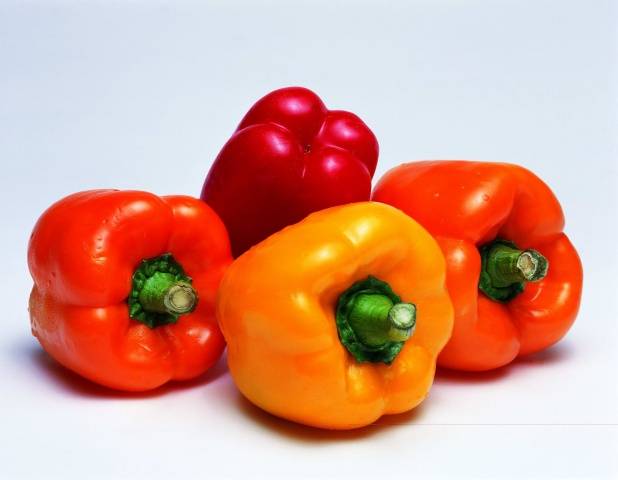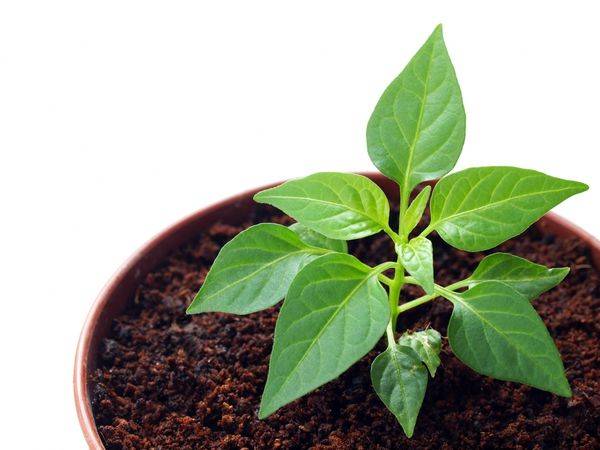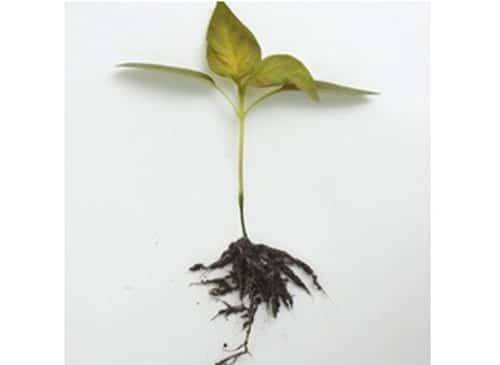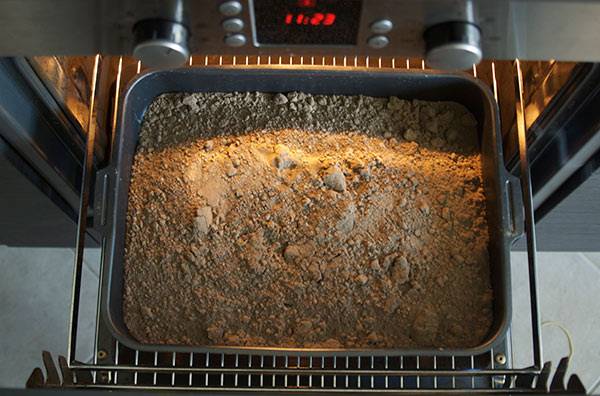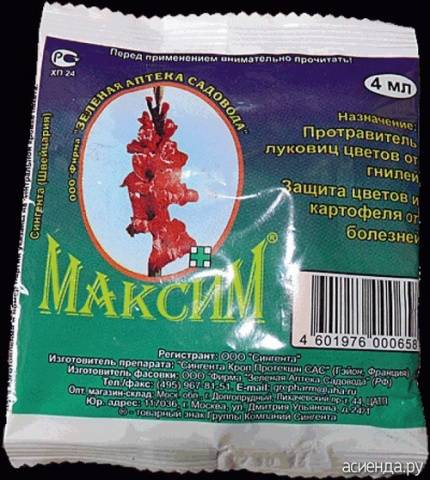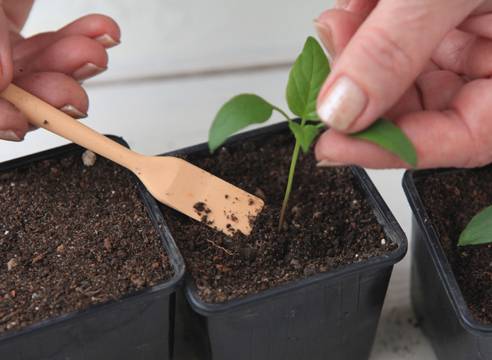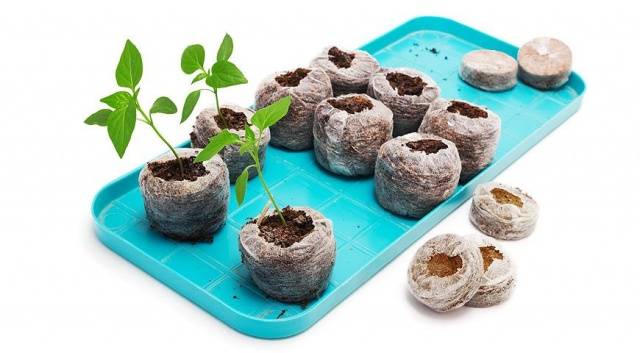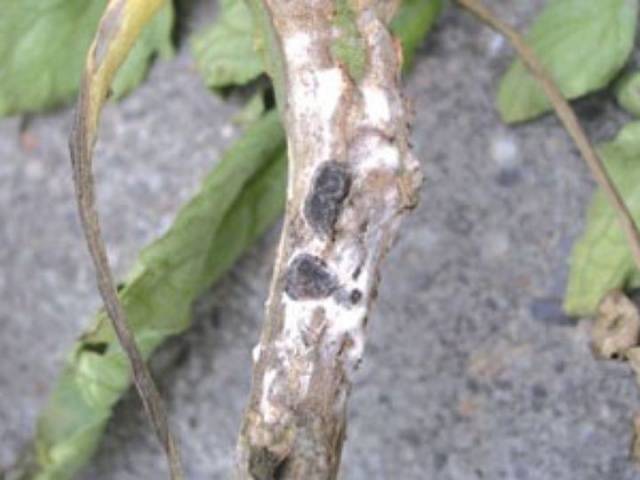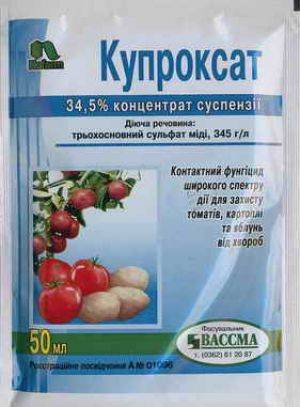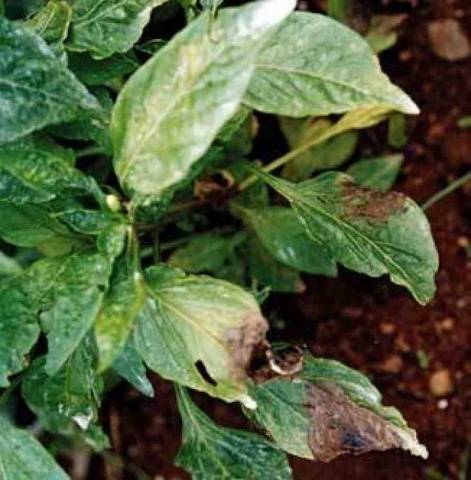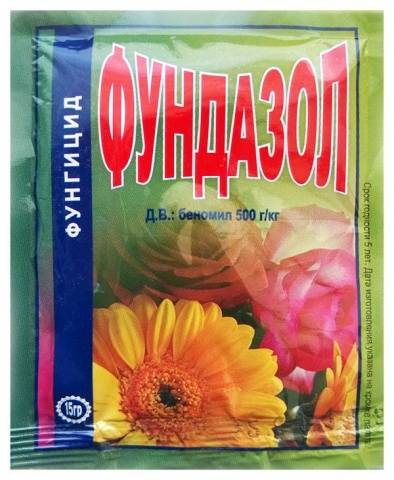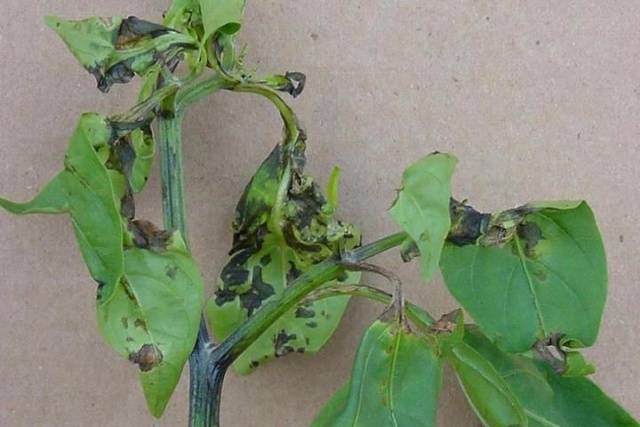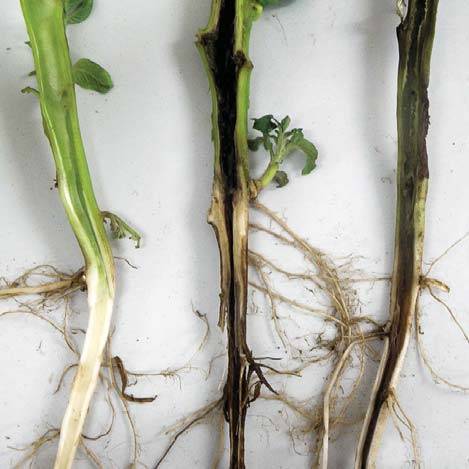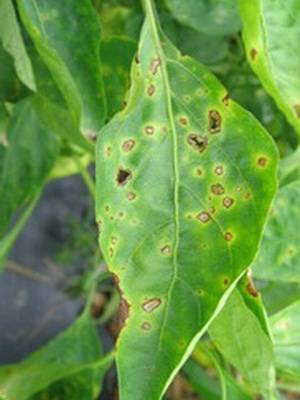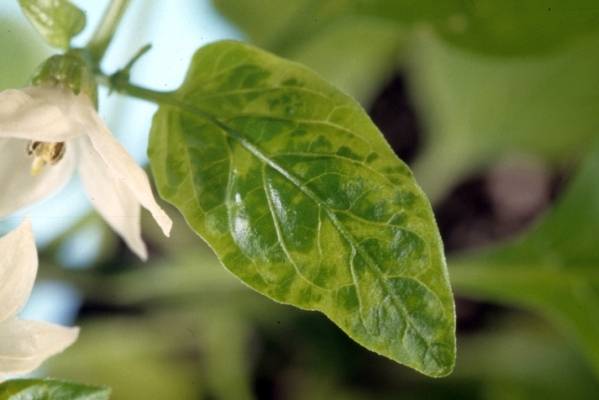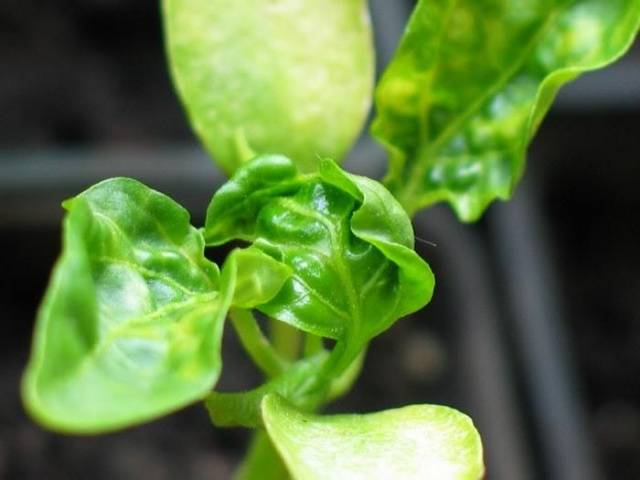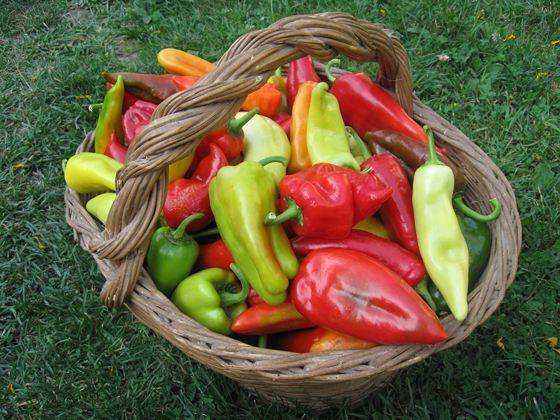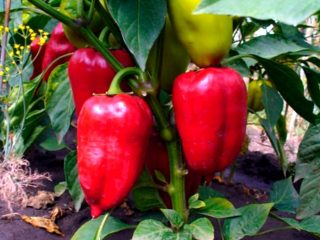Content
Growing bell peppers is not an easy process. But our gardeners are not afraid of anything. The culture is thermophilic, rather capricious, it requires adherence to agricultural technology. But, having spent a lot of effort, you will get a wonderful vegetable, in which there are a lot of vitamins and useful microelements. Eating as little as 50 grams of fruit will provide your daily intake of vitamin C.
In most regions of Russia, pepper cultivation begins with seedlings. And here, at the initial stage, various dangers lie in wait for gardeners. Pepper seedlings are very fond of various pests, they are attracted by fresh young foliage. Even young peppers are threatened by various diseases. But, if pests can and should be dealt with, then diseases are not always treatable. Therefore, it is best to prevent diseases of pepper seedlings, this requires adherence to agricultural technology and preventive measures. Either recognize the threat in time and take measures to treat or remove infected plants.
Fungal diseases
Fungal diseases of plants are rightly considered the most widespread, their share among all diseases is 80%. Fungal spores are carried by the wind, raindrops, and insects. They are well preserved in soil, plant residues.
Blackleg
Blackleg threatens pepper seedlings from the moment of emergence to 2-3 true leaves. The main symptom: the root collar of the plant darkens, and a characteristic black constriction appears at the bottom of the stem. If the pepper seedlings are surrounded by an environment with high humidity, then soon, the stem at the site of the constriction will soften and break. The plants will die.
Blackleg mushrooms live in the upper layers of the soil, but when they come into contact with the roots of pepper seedlings, they transfer to plants under conditions of high humidity.
Violation of the growing conditions for seedlings, such as thickening of crops, frequent and abundant watering, lack of ventilation, sudden changes or jumps in temperature, as well as too high temperature conditions, all this leads to the appearance of a black leg. How to deal with a black leg, look at the video:
Start fighting the blackleg before the seeds are sown.
- The purchase of high-quality seeds that are resistant to disease will help;
- It is recommended to heat the soil for future seedlings of pepper in the oven, steam it or freeze it at the beginning of winter;
- Before planting seeds for seedlings, water the soil with a weak solution of potassium permanganate. Or with such drugs as "Baikal", "Radiance", "Revival";
- Soak the seeds themselves in a solution of potassium permanganate, then rinse and plant;
- Seeds can be treated with drugs that increase the immunity of future plants: "Epin - Extra", "Immunocytofit", "Agat-25K";
- Treat the seeds with a solution of any fungicide: Maxim, Vitaros, Fitosporin-M. Place the seeds in a linen bag and soak in the solution according to the instructions;
- A good result in protecting future seedlings of pepper is given by the introduction of a biological preparation into the soil - Trichodermin. In addition to preventing the development of the black leg, the drug suppresses another 60 potential pathogens that cause root rot;
- Do not tighten with a dive, thickening of the landings leads to the appearance of a black leg;
- Ventilate the room where you grow pepper seedlings, but do not open the vents immediately after watering;
- It is better to water often, little by little, and not once a week, for example, but abundantly, that is, everything is good in moderation;
- After sowing seeds or after picking, sprinkle the surface of the soil with river sand, which has been calcined in advance. It can be replaced with crushed activated carbon or ash;
- When the very first signs of the disease appear, remove the affected plants without regret, they can no longer be saved. Plant healthy plants, pour a weak solution of potassium permanganate or Bordeaux liquid. Use a fungicide solution for subsequent watering.
Gray rot
If weeping brown spots appeared on the stem in the lower part of it, which is in contact with the soil, which then became covered with a grayish bloom, then gray rot attacked your pepper seedlings. Spores can persist for a considerable time in various plant debris; they are carried by insects, wind and water. In conditions of high humidity and high air temperature, spores germinate and infect plants.
The following methods of dealing with gray rot are used:
- Preventive measures: dive pepper seedlings in time, do not thicken the plantings, ventilate the room;
- Remove diseased plants, transplant healthy ones into other containers;
- At an early stage of the disease, treat pepper seedlings with crushed activated charcoal tablets or chalk;
- Garlic tincture helps well: add 30 g of grated garlic to about 5 liters of water, then leave for two days, spray the plants;
- Treat pepper seedlings with Bordeaux liquid, copper sulfate or Kuproksat or potassium permanganate solution;
- The drugs that have not only protective, but also medicinal and anti-spore-forming properties work well: Previkur, Ordan, Skor, Fundazol, Acrobat.
Late blight
The initial stage of the disease is similar to the symptoms of black leg. A constriction appears in the root zone of the stem, then a white silky bloom appears on the affected tissue, this spores ripen.
- Choose varieties of peppers that are resistant to late blight disease;
- Carry out pre-sowing treatment of seeds by soaking them in a weak solution of potassium permanganate;
- Observe the conditions when growing pepper seedlings, do not allow high humidity;
- At the first signs of infection, spray the plant with iodine solution (about 5 ml per 1 liter of water);
- Apply preparations "Zaslon" and "Barrier", spray them with pepper seedlings alternately;
- Feed pepper seedlings with potassium-phosphorus fertilizers, which sharply increases the resistance of plants to widespread late blight;
- Preventive control measures include spraying pepper seedlings with serum diluted in half with water, an infusion of garlic: 50 g of garlic per bucket (that is, 10 l) of water, leave for a day. Spraying every 10 days gives good results;
- If the preventive measures did not help, go to serious drugs: Champion, Tattu, Quadris, Ridomil Gold. Follow the instructions.
Fusarium and sclerocinia
A common name for diseases is wilting, when pepper seedlings, for no apparent reason, first shed their leaves, and only then wilt. If you make a cross-section of the basal neck of the affected plant, you can see the affected brown vessels. The disease causes a blockage of blood vessels.
The disease begins with the appearance of root rot. Spores germinate and penetrate first into small roots, then, as the mycelium grows and grows, into much larger ones.Thus, the death of pepper seedlings occurs due to the disruption of important life processes of the plant, which are a consequence of the occlusion of the vessels by the mycelium of the fungus that has got into them, as well as the subsequent release of extremely harmful and toxic substances by them.
The rapid spread of a dangerous disease is facilitated by changes in humidity, its high level, as well as jumps in temperature from low to high or, conversely, lack of nutrition in pepper seedlings, the presence of weakened plants, damage by insects. At the initial stage, it is difficult to determine the disease. If the plant is affected, then it has no chance of salvation. The task of gardeners is to save healthy plants.
- Remove diseased plants;
- Treat the soil with potassium permanganate solution or Planriz;
- For prevention and treatment, use the same drugs as for late blight;
- Choose seeds from peppers that are disease resistant. Before planting, treat the seeds with Fundazol;
- When preparing the soil for planting pepper seedlings, add Trichodermin.
The main source of spores is rotting plant debris. Keep your garden plots clean.
Bacterial diseases
Bacterial diseases are caused by bacteria. These diseases do not have clear symptoms and can interfere with the symptoms of other diseases, making it extremely difficult to make a correct diagnosis.
Bacterial infections cause tremendous harm to garden plants, while their lesions can be both ubiquitous, leading to the death of the plant, and local. For example, root rot, vascular lesions, the appearance of tumors or necrosis that manifest as mottling or burns.
Infection of plants with bacteria usually occurs through various holes in the vegetation cover, which may be of natural origin or be the result of mechanical damage. Bacteria are carried by animals and insects. Under favorable conditions and the presence of nutrition in the form of rotting plant residues, bacteria can persist in the soil for a long time.
Black bacterial spot
Pepper seedlings can be affected by black bacterial spot from the moment they germinate. Small dark spots appear on the stem and leaves that grow. Along the border, the spots have a yellow border. The plant dies.
- Buy seeds of pepper varieties and hybrids that are immune to bacteria;
- Be sure to pre-plant seeds. Soak in potassium permanganate solution for about 10 minutes, then rinse the seeds and immediately start planting. You can treat the seeds with the preparation "Fitolavin - 300";
- Destroy the affected pepper seedlings;
- Disinfect the soil before planting (calcining, steaming, freezing);
- Treat pepper seedlings as a preventive measure with Bordeaux liquid.
Lightning-fast bacterial wilting
Bacteria enter the plant and develop in its vascular system. They block the access of nutrients to all parts of the plant, in addition, bacteria release toxic products of their vital activity. If you cut the stem, a white liquid will flow out.
- Remove all infected plants;
- Pickle the seeds before planting. To do this, you can use the folk method: Crush 2 cloves of garlic, add a little water, immerse the pepper seeds in the solution for 30-40 minutes. After that, rinse the seeds, dry and sow;
- Observe crop rotation in greenhouses and greenhouses. Do not plant pepper seedlings after nightshades and after peppers;
- If it is not possible to observe crop rotation, then make an annual soil replacement or disinfection;
- Observe the required temperature and humidity regime;
- Plant pepper seedlings according to the recommended pattern;
- As a preventive measure, spray the seedlings with copper-containing preparations;
- Feed your seedlings regularly to keep them healthy and strong and can withstand viral diseases. Most often, diseases attack weakened plants.
Soft bacterial rot
The disease affects the plant almost completely. In this case, bacteria enter the vascular system and disrupt its normal functioning. Parts of the plant are deprived of nutrition. They begin to die off, the plant may die completely.
It manifests itself as a change in the color of the stem, and it becomes hollow. Leaves discolor and die off. The humid warm climate promotes the intensification of the disease.
- Pickle the seeds;
- Disinfect the soil;
- Ventilate the room, water the pepper seedlings in the required amount, do not allow water to stagnate in the trays;
- Remove all plant residues, as they are the breeding ground for pathogenic bacteria.
Pepper bacterial cancer
The development of the disease is facilitated by high levels of air humidity, as well as high positive temperatures (+ 25 + 30 degrees) and non-thinned seedlings. Insects - pests, as well as people with garden tools, can bring in the bacteria.
Any part of the pepper seedlings can be affected by bacterial cancer. The disease manifests itself in the form of characteristic dark brown spots, in the center the color is lighter. Further, the spots are combined into one common, it is covered with a crust.
- The first step is to spray all diseased plants with a preparation containing copper (this can be copper oxychloride or copper sulfate);
- Then all affected plants should be removed;
- Greenhouses and greenhouses where there were plants infected with bacterial cancer should be treated with methyl bromide in spring and autumn. You can also completely change the entire soil.
Viral diseases
Viruses are carried by insects: aphids, thrips and nematodes. The size of the viruses is so small that they can be seen through a fairly strong electron microscope. Viral diseases are less common, but they are much more dangerous than bacterial infections of plants.
The peculiarity of viruses is that they cannot exist without the host cell. Only when it enters the cell, the virus begins to develop, which causes pathological changes in the plant. The plant slows down in growth, it deforms the stem and leaves.
Viruses hibernate in dead parts of plants, in organisms of vectors, in seeds and planting material. Pepper seedlings are most susceptible to viral diseases.
Tobacco mosaic
The tobacco mosaic virus enters cells and destroys chlorophyll. The leaves take on a marbled pattern with beige and emerald splashes. This pattern is called mosaic. The cells begin to die off.
- Process the seeds before planting;
- Carefully pinch pepper seedlings; viruses penetrate the plant cells through damage;
- Eliminate insect pests that carry the tobacco mosaic virus;
- Treat greenhouses thoroughly, replace soil if possible;
- Spray pepper seedlings a week before planting with a boric acid solution, and then repeat the procedure a week after planting, which will significantly increase the seedlings' resistance to the tobacco mosaic virus;
- Never leave plant residues in the greenhouse and in the greenhouse.
Pillar
The disease starts from the top of the pepper seedlings. It manifests itself in dwarfism, the plant stops growing. The leaves turn yellow at the edges and curl. Carriers of the disease are thrips, aphids, spider mites. Among the pepper varieties and hybrids, there are no pillar resistant varieties.
- Remove diseased plants and burn;
- Disinfect seeds and soil;
- When growing pepper seedlings in a greenhouse, observe the crop rotation;
- Change the soil in your greenhouse.
Conclusion
Pepper seedlings are threatened by a great variety of different diseases. But do not be afraid of this circumstance. After all, most diseases arise as a result of non-observance of the growing conditions for pepper seedlings. Be considerate of your pets. And they will delight you with a rich harvest.
